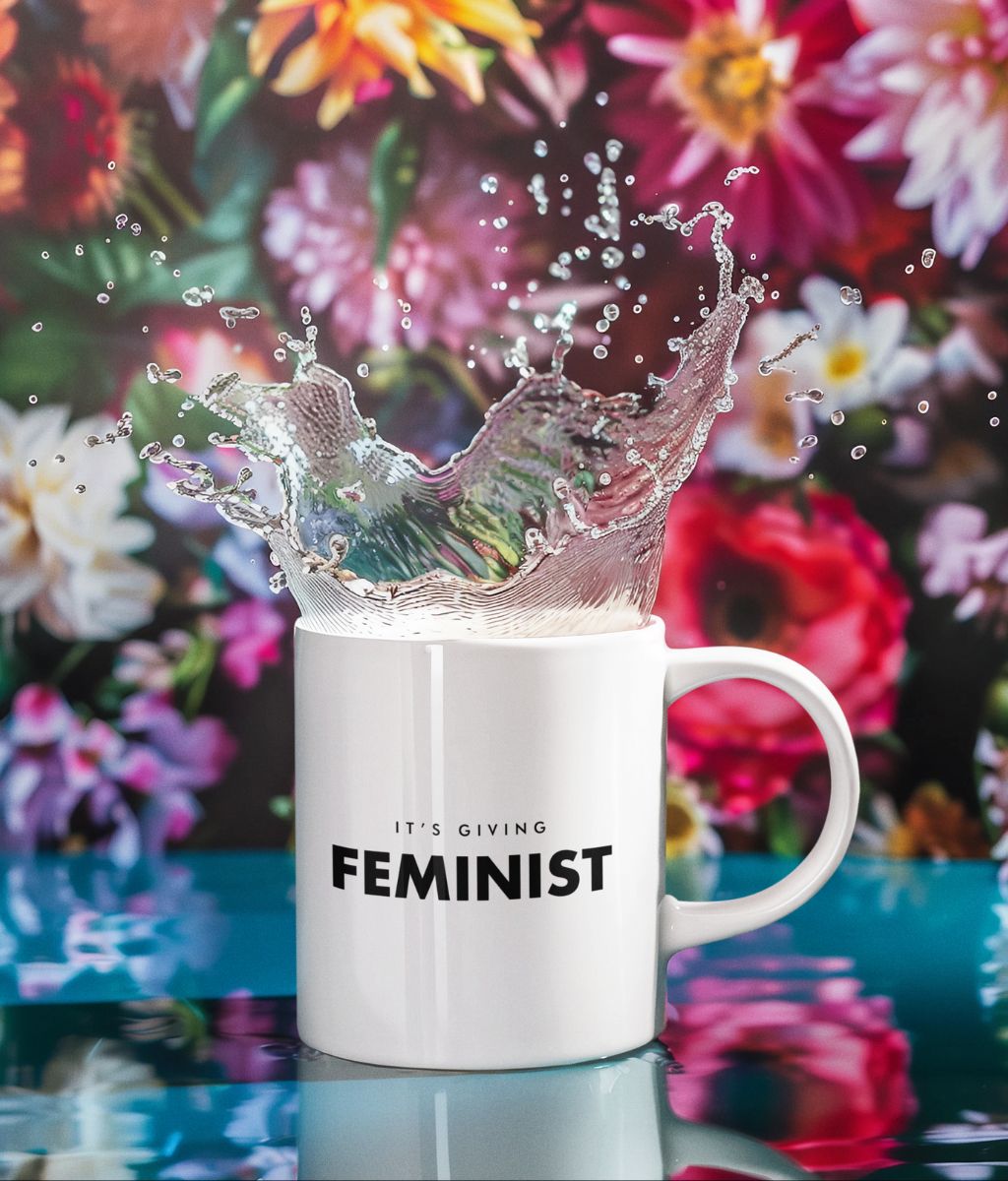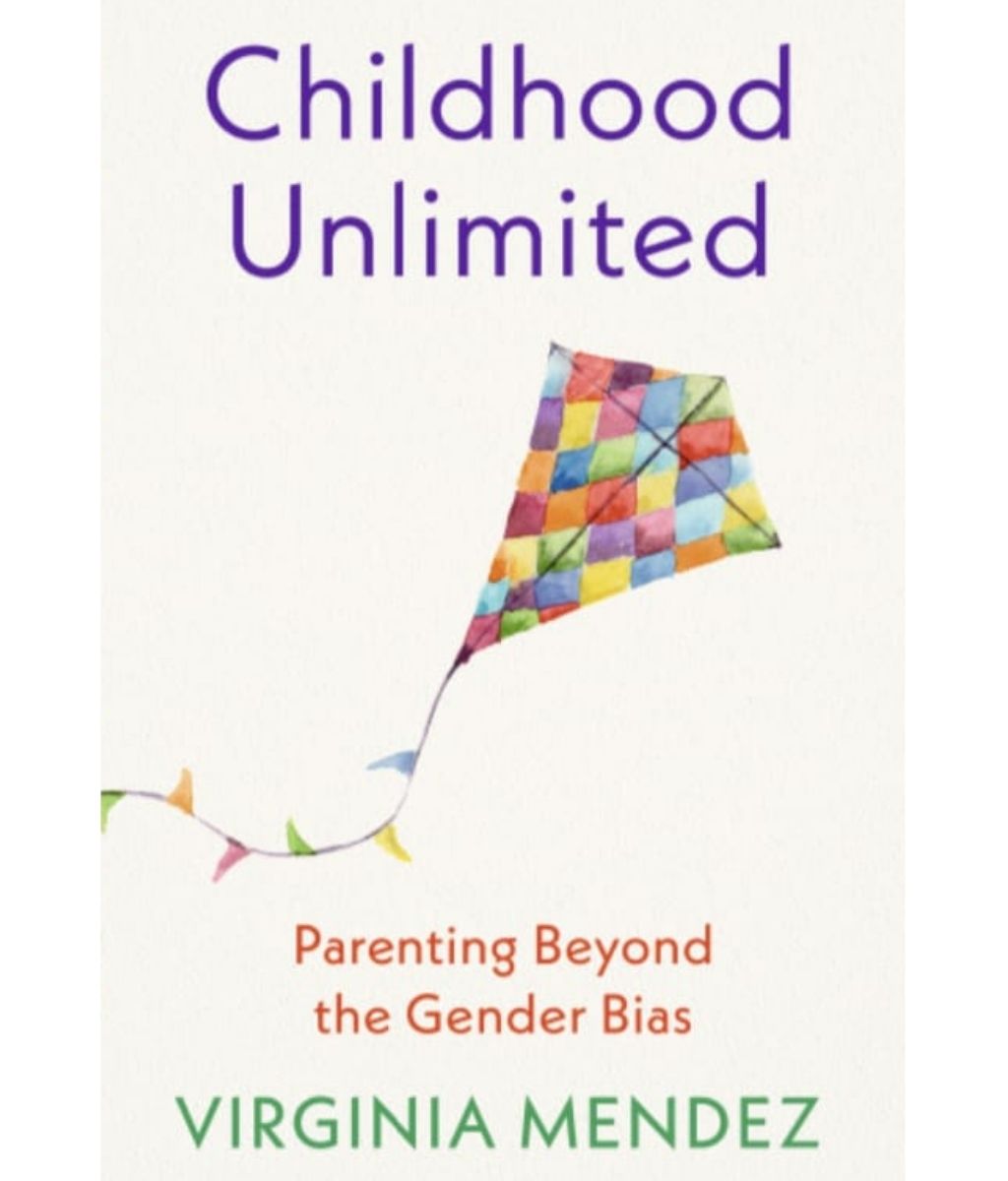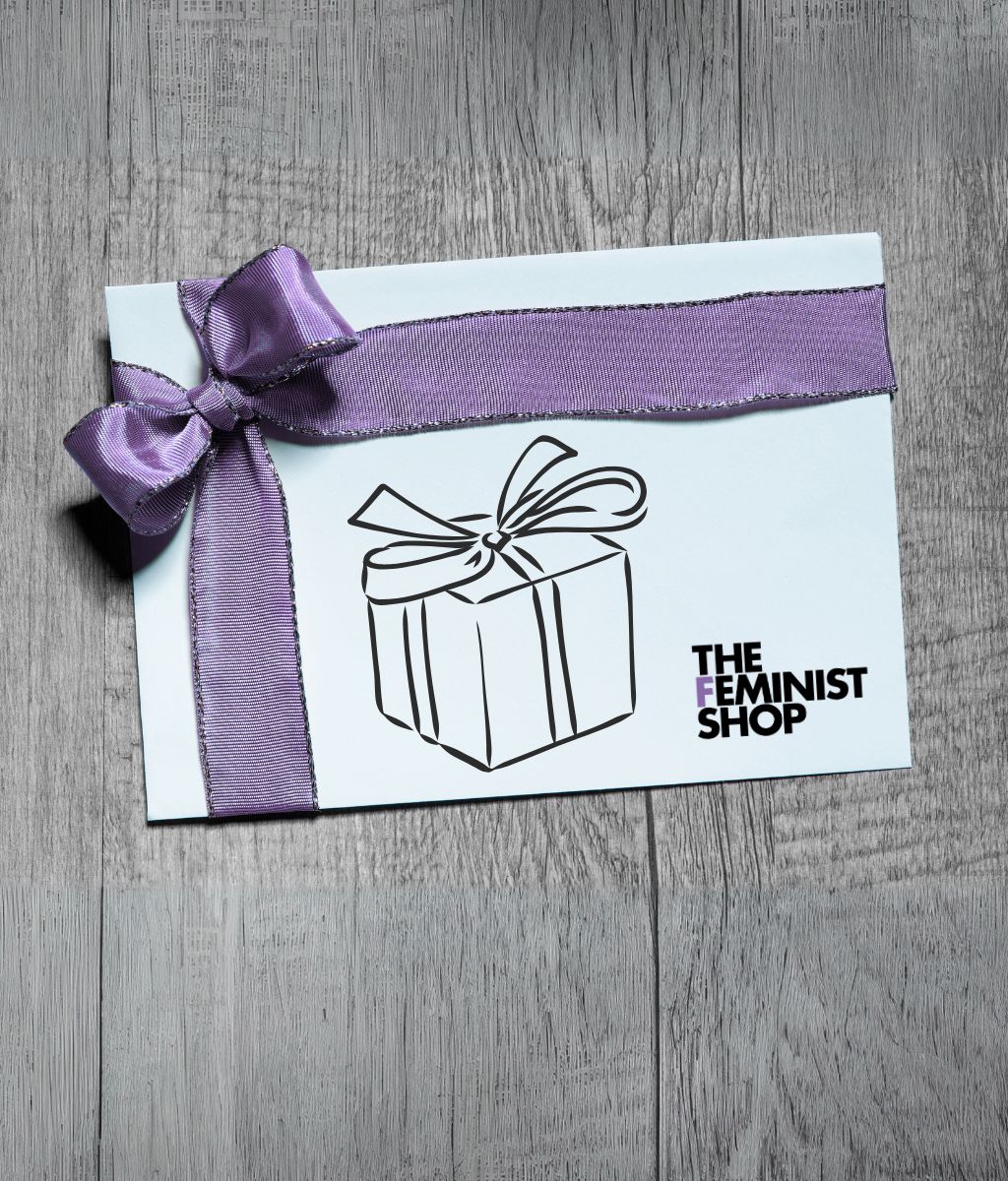This week the Dr Laure Mintz PhD, Psychology Professor at the University of Florida and one of the worldwide leading voices in women's sexuality and orgasm equality is sharing with us some of her knowledge!
She has written two books. The last one, becoming cliterate, is a perfect thought-provoking and practical guide around female pleasure. And knowing all the benefits that sex and orgasming has for the health, it is our duty to make the most of it.
I was particularly fascinated by the whole orgasm gap situation. Not that it was a surprise, but once you give it a name it becomes more tangible!
---
At the core of the 1960s sexual revolution was “female sexual empowerment.” It fell short of this goal. Specifically, while the revolution made women having intercourse before marriage acceptable, it didn’t lead women to have equally pleasurable sexual experiences.
This assertion comes from my vantage point as a sex researcher and educator. I teach human sexuality to hundreds of college students a year. As a teaching and research tool, I anonymously poll students regarding their sexual experiences and compare the results to published research. Both sources provide striking evidence of an orgasm gap between women and men. This spurred me to write a book to foster pleasure equality. “Becoming Cliterate: Why Orgasm Equality Matters – And How to Get It” aims to expose, explain and close the orgasm gap.
The orgasm gap exposed
One study of college students found 91 percent of men and 39 percent of women always or usually orgasm during sexual encounters. While this study didn’t ask about the sexual context, another revealed that the gap is larger in casual sex than relationship sex. Women were found to orgasm 32 percent as often as men in first time hookups and 72 percent as often in relationships. This study didn’t specify that the sexual encounters include activities that could result in orgasm. When I specify this, 55 percent of male students and 4 percent of female students report always orgasming during hookups.
The orgasm gap isn’t limited to students. Among a nationally representative U.S. sample, 64 percent of women and 91 percent of men said they’d orgasmed at their most recent sexual encounter.
Clearly, there’s an orgasm gap. But, what are the cultural reasons for this gap?
The orgasm gap explained
Some say the gap isn’t cultural but due to the elusive nature of women’s orgasms. Yet one landmark study found that when masturbating, 95 percent of women reach orgasm easily and within minutes. Four minutes was the average time that sex researcher Alfred Kinsey found it takes women to masturbate to orgasm. Orgasm isn’t elusive when women are alone.
It’s also not elusive when women are together. One study found that orgasm rates don’t vary by sexual orientation for men but do for women. Lesbians are more likely to orgasm than heterosexual women.
What do lesbian sex and female masturbation have in common? They focus on clitoral stimulation. One study found that when women pleasure themselves, almost 99 percent stimulate their clitoris.
Yet, when with male partners, especially casual ones, women forgo the clitoral stimulation needed to orgasm. A survey conducted by a women’s magazine found that 78 percent of women’s orgasm problems in heterosexual sex are due to not enough or not the right kind of clitoral stimulation. An academic study found that receiving oral sex and touching one’s clitoris during intercourse increases orgasm rates and that these behaviors occur more often in relationship sex than casual sex.
Women not getting clitoral stimulation, especially in casual sex, is a major reason for the orgasm gap. This leads to a more nuanced question: Why aren’t women getting the stimulation they need?
A double standard and a lack of knowledge
Yet, by failing to teach this in sex education, we leave people to rely on media images. Orenstein asserts that porn has become the new sex ed. One false image portrayed in porn, and mainstream media, is that it is normal, indeed ideal, for women to orgasm from intercourse. This false belief is a main culprit in women not getting the stimulation they need to orgasm.
But research tells us it’s not the only culprit. Knowledge of the clitoris increases women’s orgasm rate during masturbation but not during partnered sex.
So, what in our culture is preventing women from bridging the gap between self and partnered pleasure, especially in casual sex? Researchers in one study found that young adults believe that in casual sex, women’s pleasure is less important than men’s pleasure. They concluded that while it is now acceptable for women to engage in casual sex, it is not acceptable for them to seek sexual pleasure outside of a relationship. They say we have a new sexual double standard.
This takes us full circle, but begs two questions. Why is it important to close the orgasm gap? How can we do so?
The orgasm gap closed
On a deeper level, scholars connect pleasure equality and sexual consent. They say learning about sexual pleasure empowers one to communicate one’s desires to others, making it less likely to be coerced, or to coerce others, into unwanted sex. A number argue for sex education reform. A position paper by the Society for Adolescent Health and Medicine also advocated for reform, saying abstinence-only education “reinforces gender stereotypes about female passivity and male aggressiveness.” While the position paper didn’t suggest teaching about pleasure in sexual education, others do.
Information on pleasure, masturbation, the clitoris and orgasm is taught in commonly used sex education programs in Dutch schools. So is information on abstinence, birth control, consent, communication, sexual decision-making, and the difference between porn and real sex. The Dutch have lower pregnancy and STI rates, and three times less sexual violence than the U.S.
Connecting sexual violence and the orgasm gap, one writer declared: “Let 2018 be the year we demand more than freedom from sexual harassment and abuse. This year, it’s time we demand pleasure.”
Time magazine said the #MeToo movement was simmering for years. It seems that a related sexual revolution for pleasure equality is also emerging.
---
This article was originally published on The Conversation. Read the original article.











0 comments